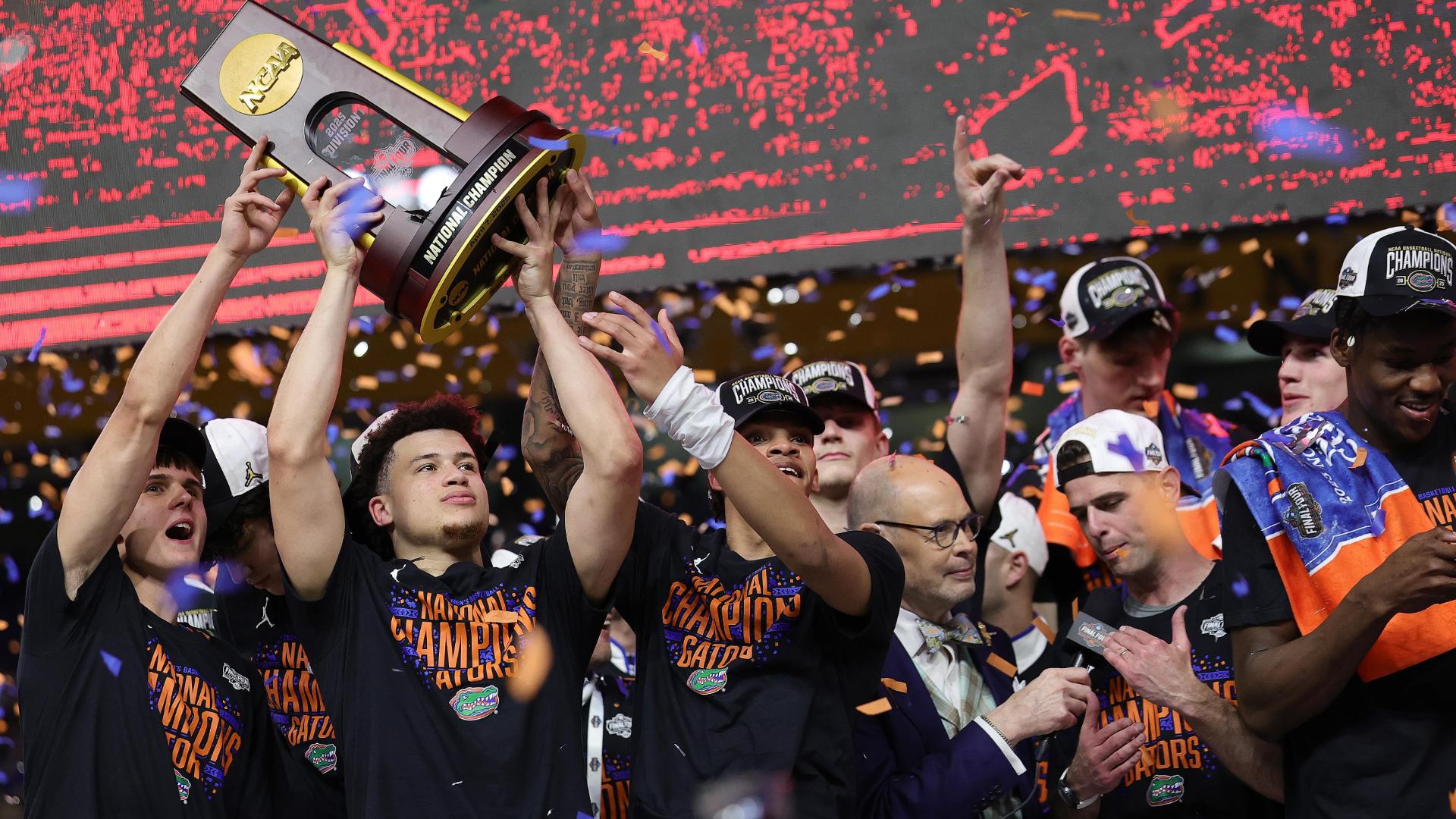One month into the season and so many questions have been answered: Indiana really is that good, but so are Duke and Florida. The Big Ten, thought to be deeper than ever, is even more so with the emergence of Minnesota and Illinois. And two traditional blue bloods -- North Carolina and Kentucky -- have been more like youngbloods as they play through the inconsistencies of their newcomers.
I'm even more intrigued by the unexpected questions that have arisen: How good is Louisville without Gorgui Dieng? "Very…" Will Georgetown ever score enough to be an elite team? "Probably not…" Is the Mountain West better than the Atlantic 10 among non-BCS leagues? "At the top, yes…" What's happening to UCLA and Texas? "Don't ask, I'm not that smart…"
While answering questions and questioning answers, we've also promised to revisit the full Top 100 rankings throughout the season. So here is our one-month recap of the S-curve that also sits behind today's updated Bracketology. The only change in methodology is we're using KenPom.com rankings, not RPI, to identify leaders in the majority of conferences that have yet to begin league play.
Here's how the Top 100 arithmetic works:
• 31 teams are included as projected conference winners (ALL CAPS)
• the next best 37 teams make up the projected NCAA tournament at-large pool
• the next 28 teams take us to 96 altogether, or what the NCAA tournament might one day look like
• add four more teams to reach an even 100, or the combined total of NCAA and NIT teams for 2013
We start with the NCAA top seeds (in order), along with a "Bracket Byte" comment for each team on the board:




